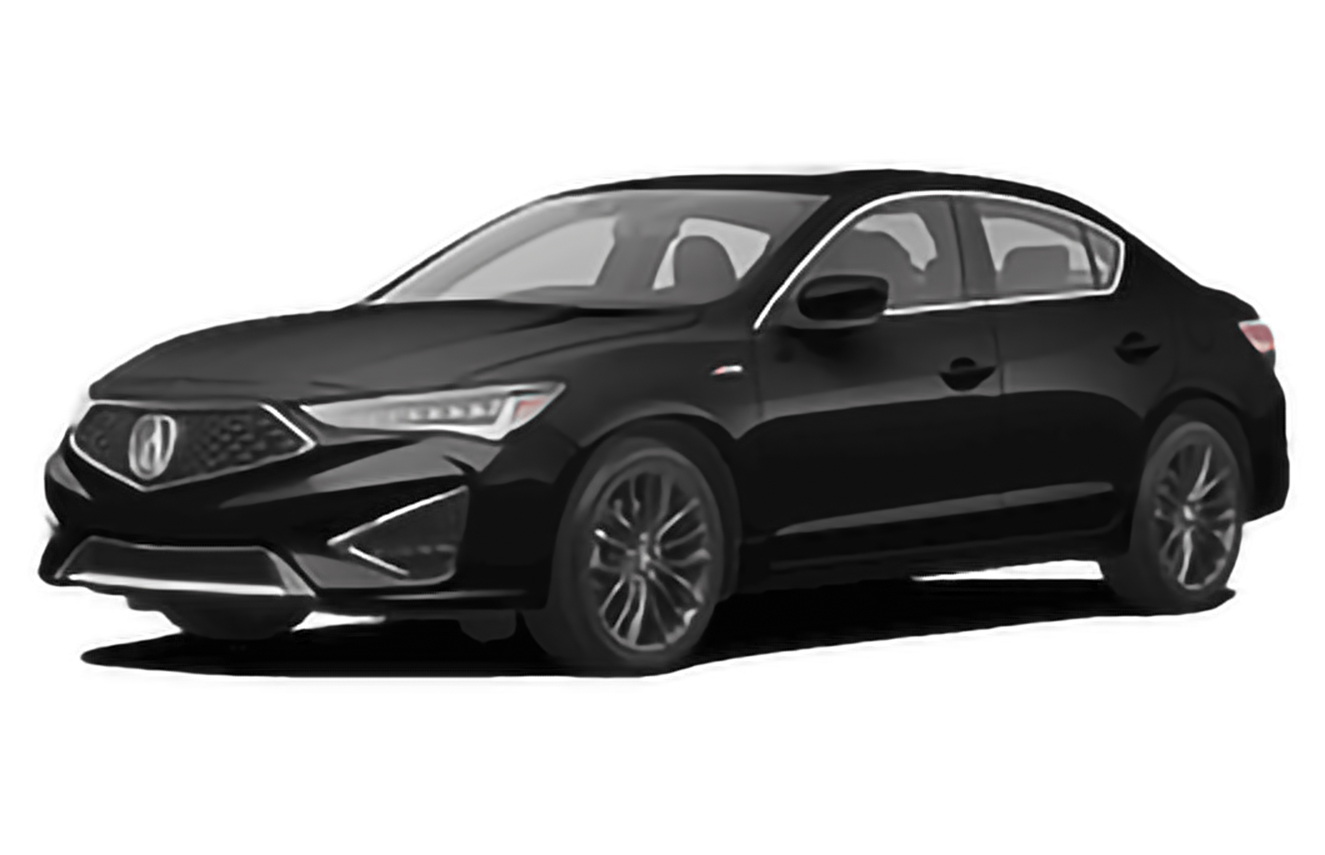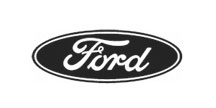5 Leasing Mistakes To Avoid
Consumers who lease a car usually do so because they get the chance to drive a newer, “better” car at a lower price. But customers who are interested in leasing should make sure they read the fine print before signing a contract.
Here are five common car leasing mistakes that consumers should avoid.
1. Paying to much up front
Dealers advertise low monthly car lease payments on new vehicles, but shoppers are then asked to pay thousand dollars at the beginning of the term to get that low monthly payment.br>
That money is then used to pay a portion of the car lease in advance. But this could be a problem if the vehicle is wrecked or stolen within the first few months.
If that were to happen, the insurance company reimburses the dealer for the value of the car, but the money the customer paid upfront is rarely refunded. As a result, the consumer wouldn’t have a car, despite having spent a lot of money for the time period.
Generally, you shouldn’t pay more than about $2,000 in advance. In many cases, it makes sense to put nothing down. With less money paid upfront, the monthly payment will be higher. As an alternative, lessors could take the down payment cash and deposit it in an interest-bearing account instead which could be used to supplement the monthly payments.
2. Forgetting gap insurance
The value of a new drops significantly after it’s driven off the lot — and leased cars are no exception. If a leased car is stolen or totaled and the insurance company makes a payment for the value of the car, it may not cover the consumer’s total obligation under the terms of the lease.br>
The driver would likely have to come up with the balance out of pocket unless he has gap insurance. Ask if the contract includes gapinsurance. If it doesn’t, consider finding a car with a lease plan that does.
3. Underestimating miles driven
Many leasing companies advertise low monthly payments because they have low mileage limits.
It’s common for leasing contracts may have a maximum of 12-15,000 miles per year, he says. If drivers go over the limit, they could be charged an extra 18 cents to 25 cents per mile at the end of the lease.
Know your driving habits prior to signing. If necessary, ask for a higher limit. However,tThe required monthly lease payment would likely increase as well.
4. Not maintaining the car
If the car is damaged beyond normal wear and tear, the driver could end up owing extra fees when it’s time to turn it back in.br>
Generally, if the vehicle has a scratch but the mark is less than the size of a driver’s license or business card, many companies will consider it normal use. if there’s damage to the car, the driver has an opportunity to have it fixed on his or her own dime before turning it in. Otherwise, the leasing company will assess a value to the damage.
5. Leasing for too long
Most car-lease terms range from two to four years, though some can go longer. Drivers who lease cars for too long could end up paying extra money on maintenance. Consumers should not lease cars for more than the car’s warranty period.
If a consumer plans to be in the same car for a long time, it’s probably better to purchase it. If the driver owns the car, he’d have to pay for the car as well as maintenance, but then he could continue to drive it for several years without a monthly payment for a lease.



